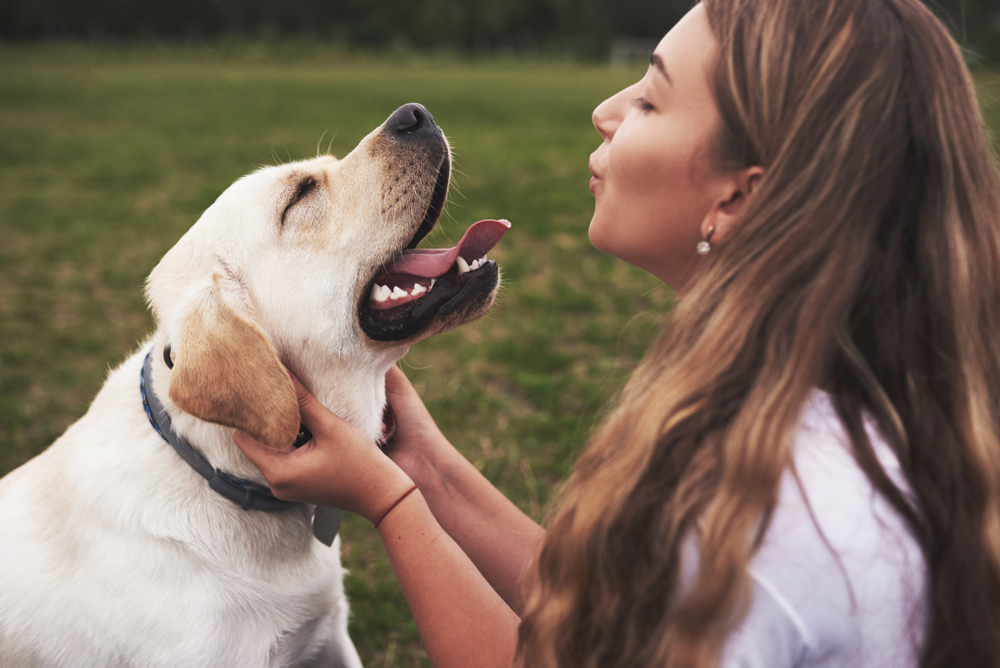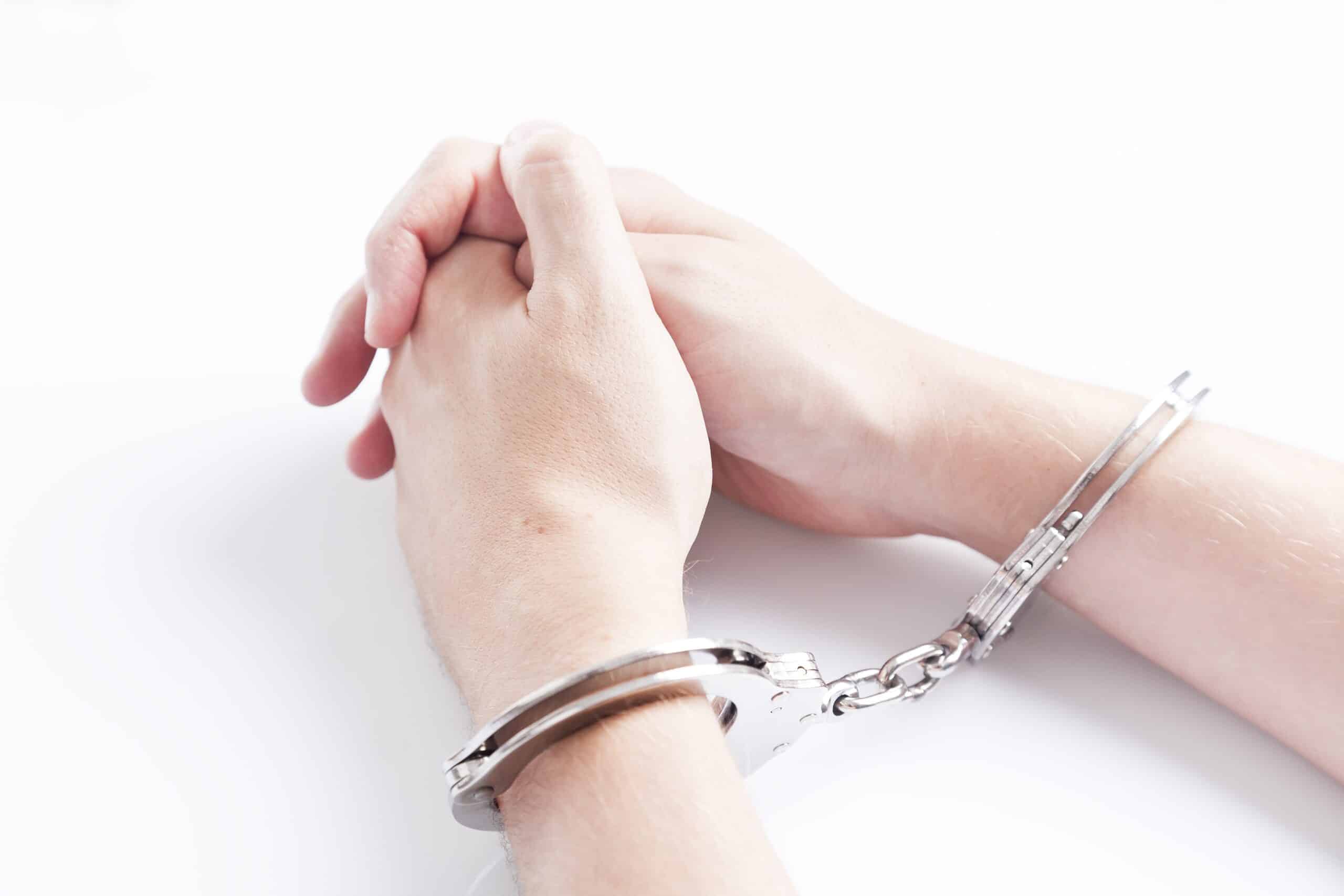Share This Article
By Sahar Adatia and Jimmy Singh
This week, 58 penguins were found mauled to death at the Low Head Conservation area in Tasmania, sparking an investigation by wildlife authorities into the horrific attack. It is believed the deaths occurred due to a suspected dog attack.
The penguins were discovered following a tip-off from the public, who notified rangers from the Department of Primary Industries, Parks, Water and Environment of the dozens of dead seabird bodies scattered across a beach on the north coast of the Australian island state. The department collected the penguin carcasses, which have since undergone post-mortem examinations.
With responsibility of the massacre placed on suspected dog violence, in the aftermath of the incident, wildlife authorities cautioned dog owners, urging them to take responsibility for their pets. They also warned of hefty fines for breaches of the law.
“We would like to remind dog owners of the need to take responsibility for their animals at all times as dogs have the capacity to do a lot of damage to penguin colonies in a short period of time,” Tasmania’s Department of Primary Industries, Parks, Water and Environment said in a statement.
The act of violence comes just months after a similar attack on local little penguins, where twelve little penguins were found dumped in a garbage bin on the northern Tasmanian coast. Following a post-mortem, it was concluded that these, too, were likely killed by a dog.
The government department has warned that “all reports of alleged unlawful harming of wildlife are regarded extremely seriously,” while dog access in reserves is restricted and serious penalties apply under the law.
Why So Cute? The Plight of the “Little Penguin”
Little penguins, also known as fairy penguins, are the smallest of the penguin species. They are flightless seabirds, standing at approximately 30 to 35cm in height, and weigh about one kilogram when fully grown.
The little penguin is the only penguin species that breeds on the Australian mainland. Their colonies can be found along the southern coasts of Australia, ranging from near Perth in Western Australia to Coffs Harbour in northern NSW. They are also found in New Zealand. One of their mainland breeding colonies, found in a secluded cove in the Manly area of Sydney Harbour in NSW has now been declared an endangered population.
The little penguin’s natural environment is the ocean. Their wings have evolved into flippers which allow them to propel and “fly” underwater. The birds are able to survive at sea for long periods as they are excellent swimmers. On land, they stand upright, waddling around awkwardly on their hind legs. Here, however, they risk attack from animals that are not kept under control.
According to the Australian Office of Environment and Heritage, little penguins face a number of threats on the mainland, including both animals and humans.
Animals likely to cause danger to the bird species on the mainland include dogs, cats and foxes. These predators are likely to attack both the adults and chicks, while the death of one adult in a breeding pair will often lead to the death of the young.
Human threats include human activity destructing or disturbing their nesting habitat, pollution from nearby human development, reckless behaviour from jet skiers and water skiers, and limited food supply due to overfishing.
The Australian Office of Environment and Heritage advises that these native seabirds should be protected from animal danger by never allowing a dog or cat to roam free in areas where little penguins may have their breeding sites, and to keep a distance from their colonies when near the coast so as not to disturb their habitat areas.
In NSW, all native birds, reptiles, amphibians and mammals, other than dingoes, are protected by the Biodiversity Conservation Act 2016.
Stronger Laws for Dog Owners Needed
According to Birdlife Tasmania convenor Dr Eric Woehler, dog attacks are one of the most significant threats to Tasmania’s little penguins.
Responding to the shock of the vast deaths of the seabirds, he called for the dog owners involved to be identified and prosecuted, however feared the current penalties would not be sufficient.
“We need really strong laws so that any time a dog is found to have killed penguins or other forms of wildlife in Tasmania that the dog owners think twice about letting their dogs loose at night when they have no control over them,” Dr Woehler said.
He also suggested fencing at the Low Head Conservation Area to be improved.
Meanwhile, Tasmanian Greens leader Cassy O’Connor called for more effective monitoring of penguin colonies by installing CCTV cameras at beaches to prevent further deaths.
“We do need to have better monitoring of penguin nesting sites, more resources put into parks and wildlife,” Ms O’Connor said.
“There needs to be, potentially, CCTV cameras put at significant nesting sites because we can’t keep being in a situation where every month or two we’re hearing another story about these penguins being killed.”
The law on Responsible Pet Ownership in NSW
In NSW, dogs must be taken proper responsibility of by their owners whilst in a public place, and they are in fact prohibited in certain public areas too.
Section 13 of the Companion Animals Act 1998 (NSW) requires a dog in a public place to be under the effective control of a competent person by way of an adequate chain, leash or cord attached to the dog while it’s held or secured by the person.
Guilty of this charge attracts a penalty of up to $1,100 fine if the dog is not declared a dangerous, menacing or restricted dog. In the event the dog is declared a dangerous, menacing or restricted dog, the penalty can reach up to $11,000 fine.
Section 14 of the Companion Animals Act 1998 (NSW) prohibits dogs to be in certain places regardless of whether they are controlled or leashed by a competent person). The public places that dogs are prohibited from include:
- A public place that’s within 10 metres of children’s playing apparatus;
- A public place that’s within 10 metres of any apparatus for the preparation of food for human consumption;
- A public place that’s set apart by a local authority for public recreation or playing organised games which the authority has prohibited dogs;
- A public place that’s used for public bathing or recreation (including a beach) which the local authority has prohibited dogs;
- Property used for purposes of a government or non-government school (not including property used for a residence);
- Property used for purposes of approved education and care services (not including property used for a residence);
- Shopping arcade or shopping complex or any part of it used for parking or access to shops which the local authority has prohibited dogs;
- A public place set by the local authority for the protection of wildlife which the local authority has prohibited dogs for the protection of wildlife.
Guilty of this charge attracts a penalty of up to $1,100 fine if the dog is not declared a dangerous, menacing or restricted dog. In the event the dog is declared a dangerous, menacing or restricted dog, the penalty can reach up to $11,000 fine.
If a dog is found to be in a place that dogs are prohibited, any person can seize that dog if:
- The owner of the dog isn’t present; or
- If the owner of the dog is present but has failed to remove the dog at the request or direction of an authorised officer, then only an authorised officer (not just anyone) can seize the dog.
If the dog is seized, it can then be impounded.
However, a dog is not prohibited from the following places:
- A food preparation or consumption area if the place is a public thoroughfare such as a road, pathway or footpath; or
- In a school ground or child care centre if it’s there with permission; or
- In a shopping area if the dog is there in a vehicle that’s secured in a way that prevents the dog from escaping, or with permission of the person controlling the place, or for the purposes of being taken to or from a pet shop, a vet or similar establishment.
A dog is also not prohibited from the places referred to above if the dog is a police dog, a dog that’s an assistance animal being used by a person with a disability to assist that person, or a corrective services dog.
Causing Dog to Inflict Actual Bodily Harm or Grievous Bodily Harm
A person guilty of causing a dog to inflict grievous bodily harm (‘really serious injury’ including broken bones) on a person can face a penalty of up to 10 years imprisonment under section 35A of the Crimes Act 1900 (NSW).
Causing a dog to inflict actual bodily harm (i.e. bruising) attracts a penalty of up to 5 years imprisonment under the same section.
You can be guilty of this if the police can prove each of the following elements of this crime in court:
- You had control of a dog; and
- You caused that dog to inflict either grievous bodily harm or actual bodily harm on a person; and
- You foresaw the possibility of the injury occurring on the person but still did the act that caused the dog to inflict the injury on the person
Act Responsibly with your Pets to Help Protect our Wildlife
According to the Australian Department of Environment and Energy, Australians highly value their pets with around 70 per cent of Australian households having one or more in their household.
Equally to companion animals, however, the unique native animals are also widely valued and regularly enjoyed in the wild as welcomed visitors to gardens and wildlife areas. Good pet management and respect from owners means that the needs of domestic and native animals can both be met.
The department also recognises that domestic pets have a significant impact on native wildlife. In particular, a wide variety of native animals, including many common species like possums, kangaroos, wallabies, lizards and many species of bird, to rarer or threatened species such as bandicoots, koalas, quolls and even little penguins, are at their risk.
For example, as the case of Tasmania’s murdered little penguin’s highlight, dogs harass and even kill native animals, while cats are considered by nature instinctive hunters, likely to maul birds and lizards.
The reality is, even though humans can carefully meet their pet’s requirements for food and shelter, instinctive hunting and chasing behaviour is expected to continue.
So, comply with the law by practicing responsible pet ownership and not only can you avoid fines but also enjoy the presence of native birds and animals in your surroundings as well as your pet.
Have any questions arising from this blog? We are available 24/7 to answer your questions.
Our experienced team appear in all courts. We also have criminal defence lawyers in Penrith, Wollongong, Blacktown and Newcastle.









